Polypropylene (PP) is a thermoplastic polymer that was discovered in 1954.PP has an unusually large number of industrial and consumer uses due to its low cost, ease of processing, stiffness, strength, and transparency.
Is polypropylene bad for the environment? Due to PP’s inevitable post-consumer recycling rate polypropylene is not considered a primary environmental concern and can be recycled multiple times.
However, the manufacturing of PP is where it gets a little more complicated. To make PP, petroleum and natural gas are required as well as large amounts of water (630 gallons) and power (78 kWh/kg).
This results in considerable energy usage and greenhouse gas emissions during production; therefore, not making PP an ideal solution for all environmentally conscious consumers.
What is the usage of Polypropylene?
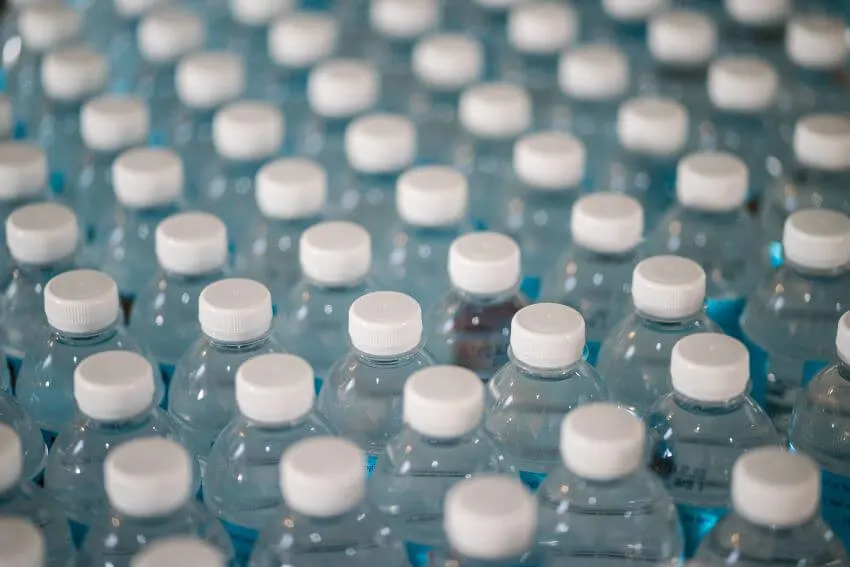
It is mainly used for making plastic products like fast food containers, car parts, shoe soles, water bottles, plastic lumber, baby bottles, reusable containers for heating food, yogurt containers, and other plastics.
It is unknown whether these are recyclable or safe for the environment. Polypropylene is also made into rope, boxing gloves, eyeglasses, screw caps on bottles of liquid laundry soap, safety goggles, and more things. These items are not compostable.
Therefore, it is up to you as a consumer whether or not polypropylene is bad for the environment. You can either recycle your PP items or dispose of them in your local landfill.
Polypropylene is not biodegradable under normal circumstances, but it is recyclable and can be reused if PP products are properly recycled.
See Related: Best Composting Books You Need To Read
Does polypropylene contain harmful chemicals?
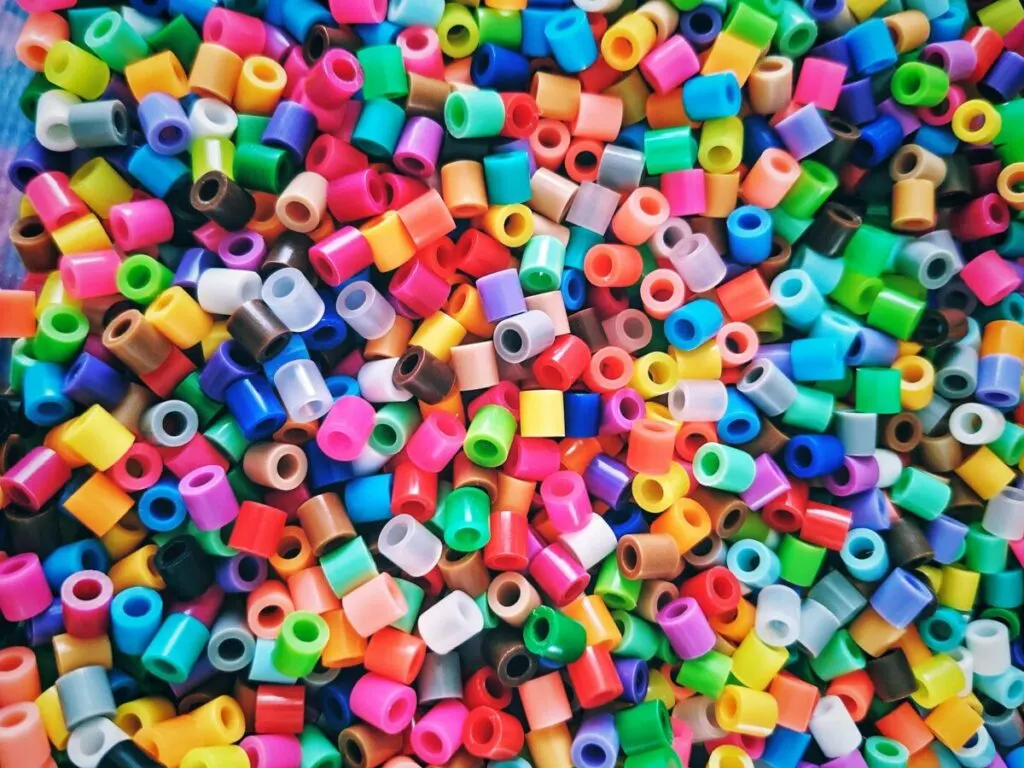
Polypropylene fibers are manufactured from the polymerization of propylene, which is derived from petroleum. Each polypropylene product can differ in its content of additives depending on the manufacturer and grade of PP made.
The major chemical component of PP products is phthalates, which are used as plasticizers to make the material softer and more resilient. This chemical is not considered toxic or carcinogenic.
However, phthalates are known to produce reproductive abnormalities, including the feminization of males and underdeveloped male genitalia in animals by disrupting fetal development. So it’s best to use cautionary measures when handling any PP plastics.
Other than these chemicals, polypropylene contains resins, catalysts, solvents, antioxidants, and ultraviolet stabilizers.
See Related: Best Books on Pollution
How is polypropylene is recycled?
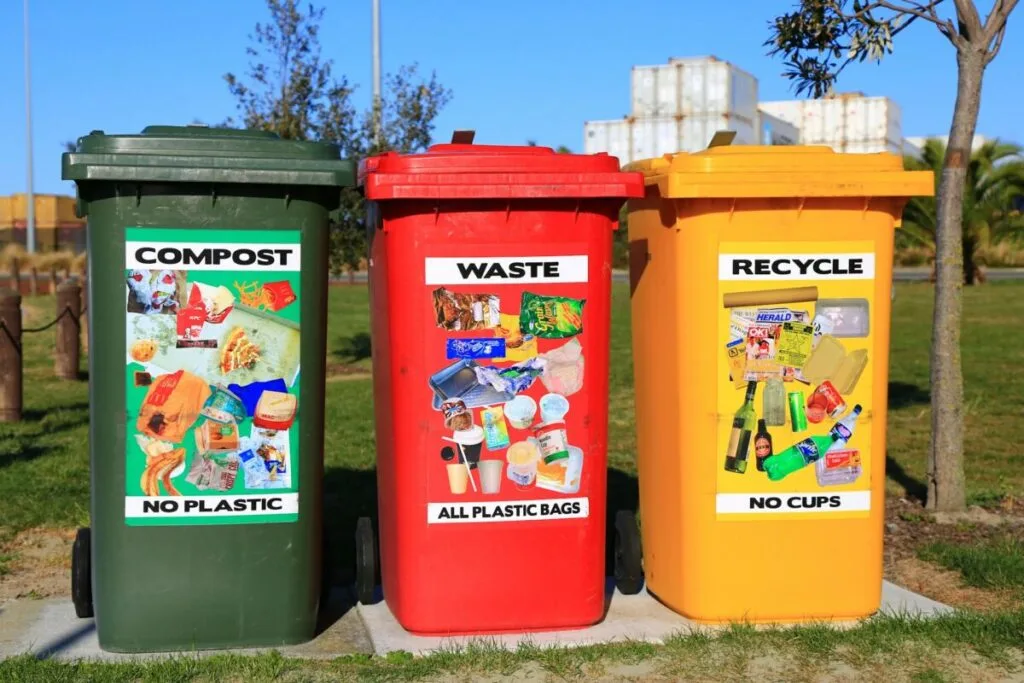
There are two main recycling methods that PP is recycled which include mechanical and chemical recycling. Mechanical recycling involves separating polypropylene from other materials such as paper, glass, and plastics.
The second method requires melting the polymers at a relatively low temperature by adding catalysts and re-extruding them into pellets for re-use.
The future of recycling PP is not expected to be easy as it will require the use of chemicals and heating which limits its potential for fewer waste products.
Currently, across Europe, there are 19 PP recycle facilities with an additional 11 under construction, totaling 30 by 2020. Despite this, the United States has only established one facility and has no plans to build any additional ones.
With the high amounts of PP in everyday products, we can expect its recycling process to be a difficult one with many hurdles along the way.
See Related: Best Posters on Saving Earth
How does Polypropylene manufacturing affect the environment?
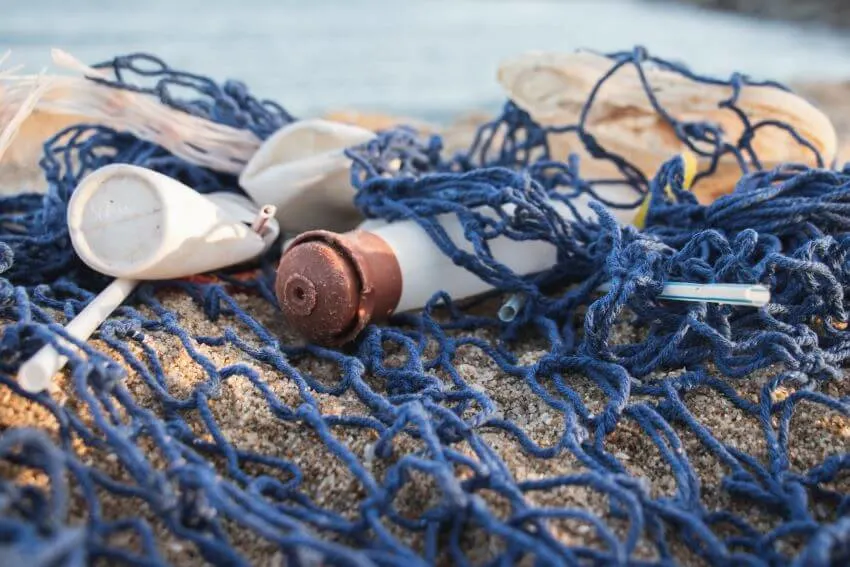
The manufacturing of polypropylene is a relatively large contributor to greenhouse gas emissions during production. Because of this, many consumers are boycotting the use of products that contain polypropylene for environmental reasons.
Is polypropylene bad for the environment? The manufacturing process of PP requires petroleum and natural gas which emits large amounts of greenhouse gases during production. Extruding, molding, or thermoforming also requires power which creates even more emissions because of the amount needed to complete these processes.
The widespread use of polypropylene is expected to contribute 1.3 billion tonnes of CO2 to the environment over the next thirty years if no changes are made to manufacturing processes or demand for its usage.
Recycling polypropylene can be a successful way to combat these environmental impacts through material recovery. Unfortunately, it is not yet widely recycled. However, there are many hindrances when it comes to the success of polypropylene recycling.
See Related: Best Eco-Friendly Water Bottles to Buy
How does unrecycled PP affect the air?
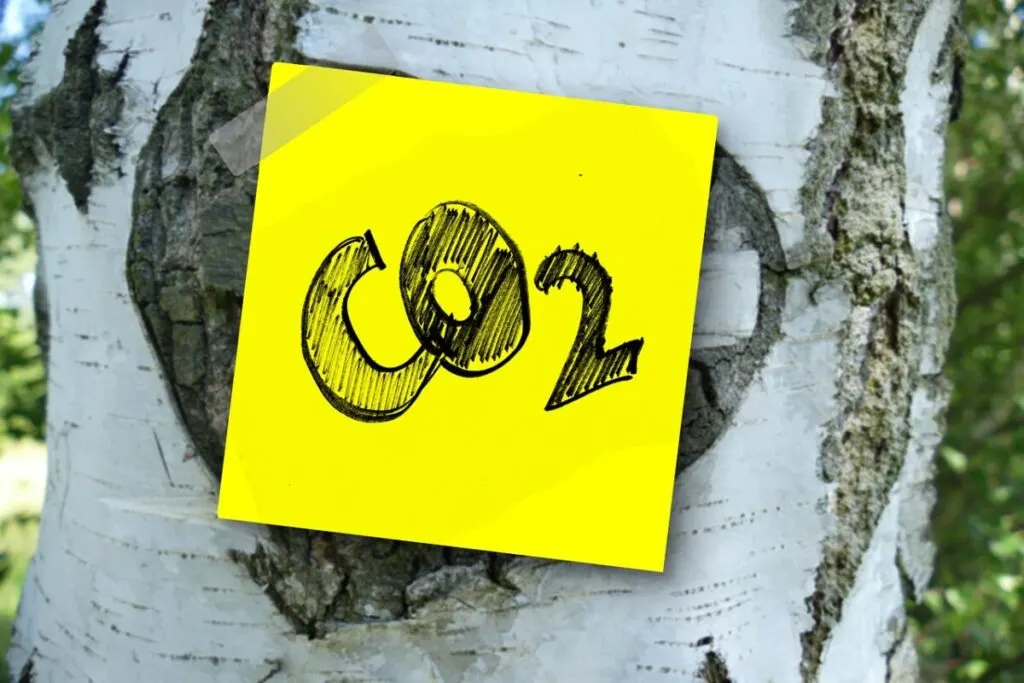
Polypropylene is considered a small contributor to carbon dioxide emissions, which are the main cause of global warming. Therefore polypropylene contributes a small amount towards a larger problem that needs to be addressed by governments around the world.
Studies show that in developed countries, a large percentage of the waste in landfills is from packaging materials. This poses a large environmental issue since recycled polypropylene can reduce emissions and provide many other benefits.
See Related: Best Conservation Books to Read
How does unrecycled PP like plastic bags affect water?
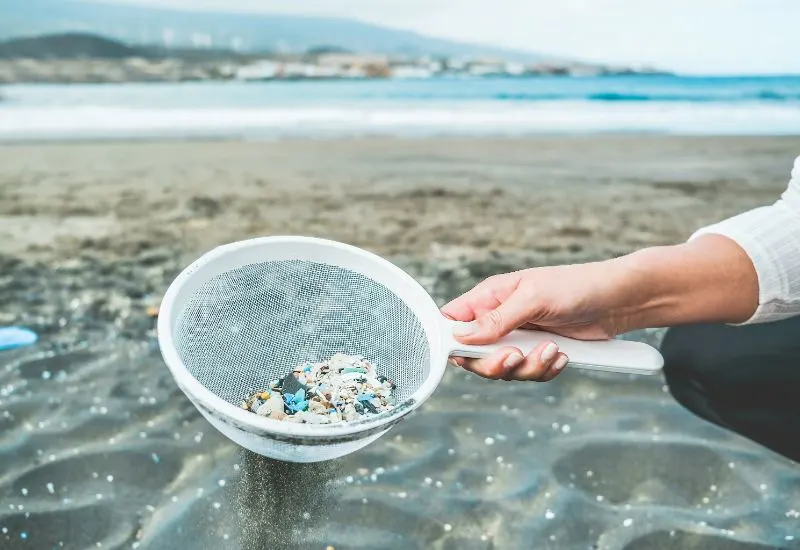
Because of its low density, polypropylene sinks in water. This causes it to travel along the stream and reach waterways such as rivers and oceans which can contaminate marine life. Turtles and other aquatic animals often mistake plastic bags and other plastics for jellyfish and eat them, causing them to starve and suffocate to death.
See Related: Is Rainwater Harvesting Worth It?
How does unrecycled PP like plastic toys affect the soil?
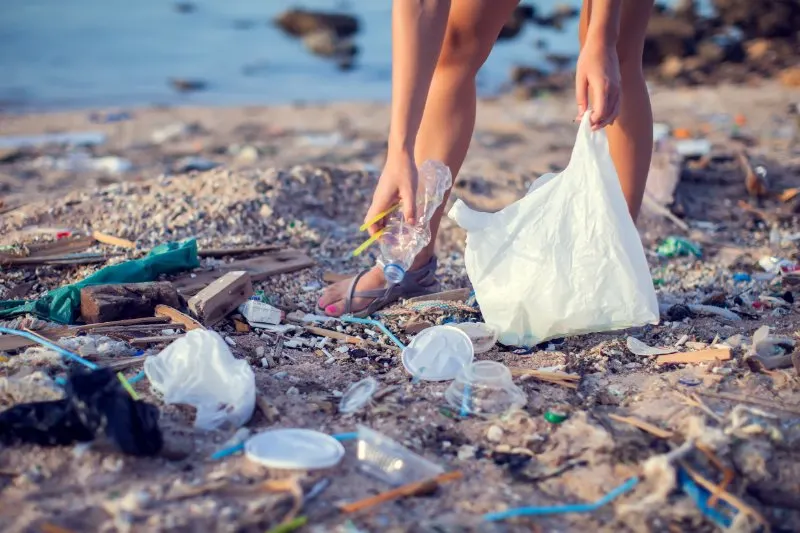
Polypropylene plastics do not appear to be readily biodegradable under normal circumstances and therefore will persist in the environment for an extended amount of time.
If you do not properly recycle your PP plastics, they will be sent to landfills where they can seep into the soil or when they degrade, contribute to greenhouse gasses. Therefore, it is important that these items are recycled in order to save our environment.
See Related: Most Eco-Friendly Baseboard Heaters
How does unrecycled PP like plastic containers affect animals?
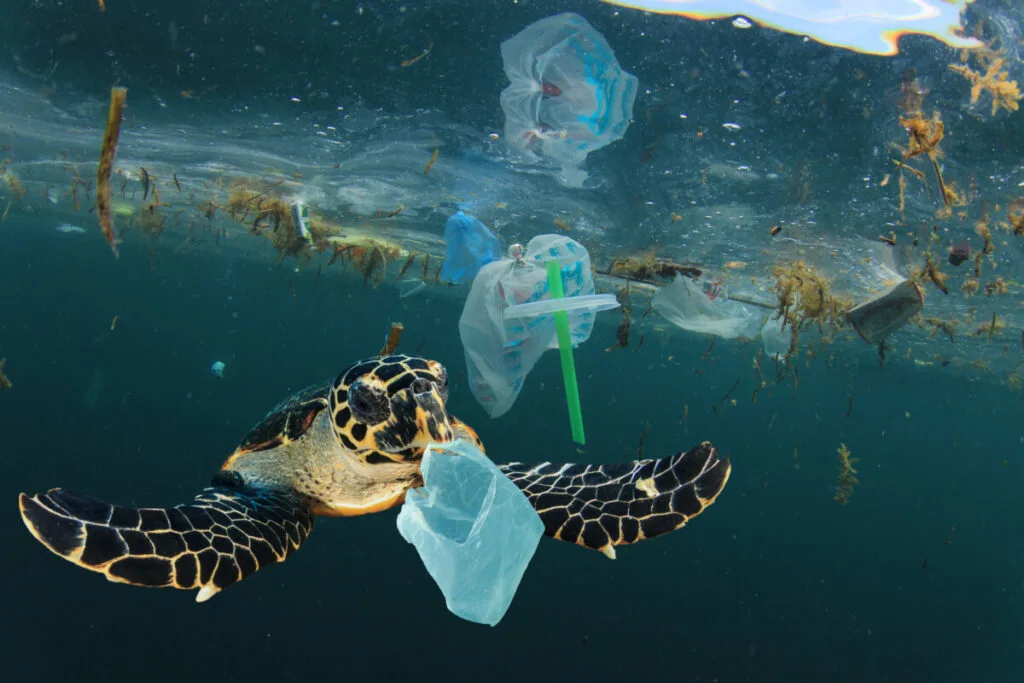
Polypropylene can pose a health risk when consumed by animals since most polymers contain phthalates, which can disrupt reproductive functions in some species.
These chemicals are most likely to leach out of the plastic when it becomes scratched or worn down, posing a greater threat to smaller organisms that may be exposed to this chemical more frequently.
See Related: Are Biodegradable Balloons Bad for the Environment?
Importance of recycling PP products
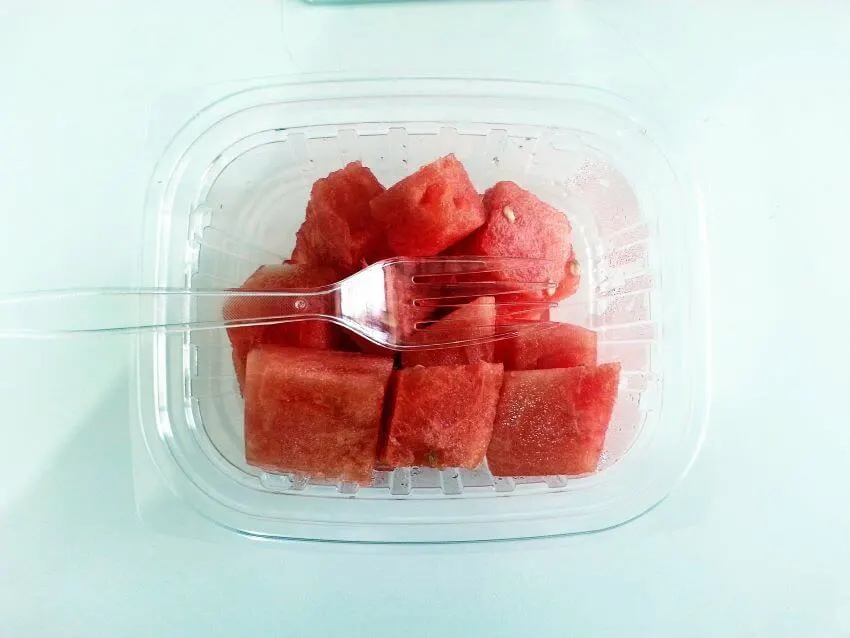
Recycling polypropylene will not only reduce the number of harmful toxins and greenhouse gas emissions but will also save natural resources and energy. Oil reserves are steadily declining and recycling polypropylene will greatly reduce the need for the extraction of additional oil to produce plastic products.
Recycling plastic requires less energy which saves money and reduces pollution in the environment since the energy comes from renewable sources.
Using recycled PP products can also reduce costs and create more jobs. Recycled materials are cheaper than virgin ones and they require less processing to be finished, therefore creating more work opportunities for people all over the world.
See Related: Best Conservation Posters
Recycling PP products tips
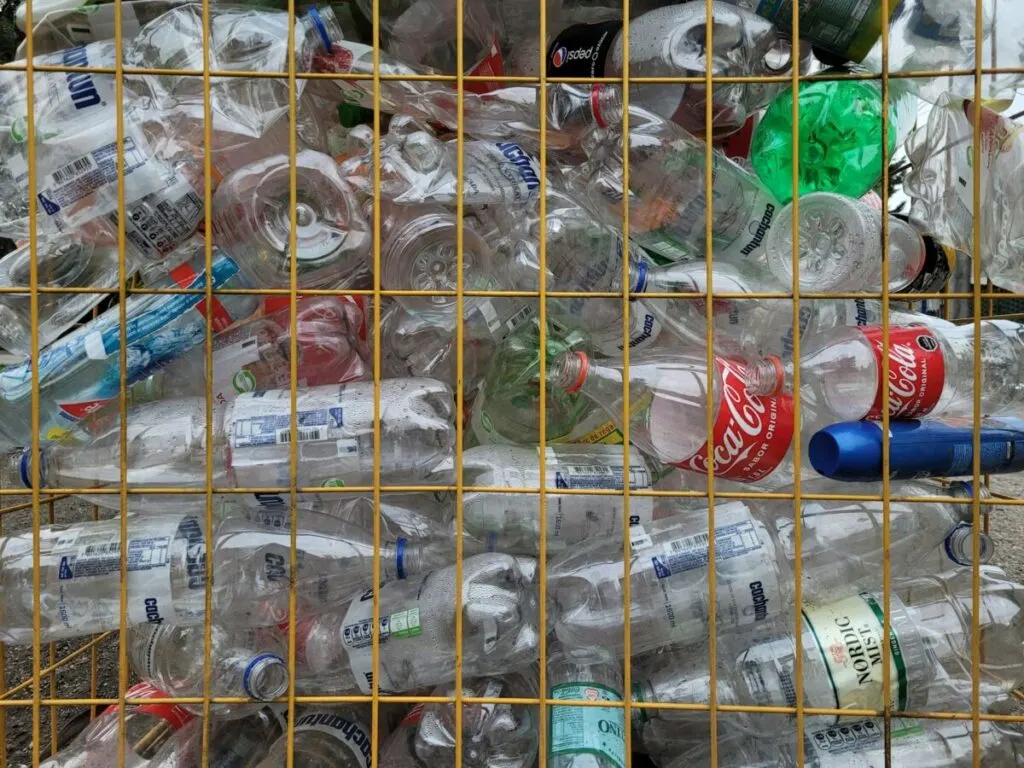
- Try to re-use plastic containers multiple times
- Avoid buying goods wrapped in plastic
- If you can not avoid buying products that contain polypropylene, try to find refilling stations and refill the product instead of buying a new one. This will drastically reduce waste and save you money.
- Plastics should be placed in bins specifically for such items or recycled into racking strips that hold up shopping lines in supermarkets.
- If you have containers made of polypropylene, make sure to clean them as thoroughly as possible before recycling so that you can break them down into smaller pieces for easier processing.
- In order to ensure the best life cycle for your plastic bottles, try to avoid squeezing them too hard and always wash them by hand instead of putting them in a dishwasher.
- Do not store food or liquids that can cause damage to the plastic in containers made from polypropylene since this will speed up the degradation process and cause these items to break down more quickly.
- Try re-using plastic takeout containers
- Instead of using plastics, use eco-friendly reusable bags
- to minimize plastic use
See Related: Best Books on Sustainable Living
Conclusion
Polypropylene indeed has many uses in our current society but it seems to pose many environmental issues with its widespread use.
The recycling process of polypropylene plastic products is challenging and has many hurdles along the way.
However, it is possible through material recovery through correct disposal which can benefit both consumers and manufacturers by creating an easier waste management system. Furthermore, consumers can help lower the environmental impact by recycling PP.
See Related: Best States for Sustainable Living
Final Thoughts
Polypropylene is popular because it’s inexpensive and has good mechanical properties for plastic products.
It can be used in many different applications, such as packaging for food storage or medical and pharmaceutical items that need to be kept sterile. Some polymer scientists dispute this classification, but polypropylene is considered plastic. And yes, all plastic products are bad for the environment.
Most plastics require energy to manufacture so the manufacturing process itself adds to an already heavy burden on our environment.
It can chemically alter local water sources with pollutants such as lead and mercury during the manufacturing process and use lots of resources like coal and oil in power plants that produce electricity to make plastics.
Plastic trash often ends up contaminating natural habitats like oceans where animals get entangled or mistake it for food feeding.
Plastics are maybe part of everyday lives but trying to recycle them is also our main responsibility.
FAQs
Is polypropylene environmentally friendly?
Is polypropylene environmentally friendly? Polypropylene is a type of plastic that is commonly used in packaging and consumer goods. While it is recyclable, it is not biodegradable and can take hundreds of years to decompose in landfills. Additionally, the production of polypropylene requires non-renewable fossil fuels. Therefore, while it may have some environmental benefits in terms of recyclability, it is not considered to be a fully environmentally friendly material.
Why is polypropylene bad for environment?
Is polypropylene bad for the environment? Yes, polypropylene is considered bad for the environment because it is a non-biodegradable plastic that does not break down easily. As a result, it can persist in the environment for hundreds of years, contributing to pollution and harm to wildlife. Additionally, the production of polypropylene involves the use of fossil fuels, which contributes to greenhouse gas emissions and climate change.
What is the problem with polypropylene?
Polypropylene is a thermoplastic polymer that is commonly used in a variety of applications due to its durability and resistance to heat. However, the problem with polypropylene is that it is not biodegradable, which means that it can persist in the environment for hundreds of years. Additionally, polypropylene can release harmful chemicals when incinerated, contributing to air pollution and potentially harmful health effects.
Can polypropylene be harmful?
Polypropylene is a thermoplastic polymer that can be harmful if not disposed of properly. It is commonly used in packaging, textiles, and automotive parts due to its durability and resistance to heat. However, when burned, it releases toxic fumes that can be harmful to both humans and the environment. Additionally, if not recycled or disposed of properly, it can contribute to pollution and harm wildlife.
Related Resources
